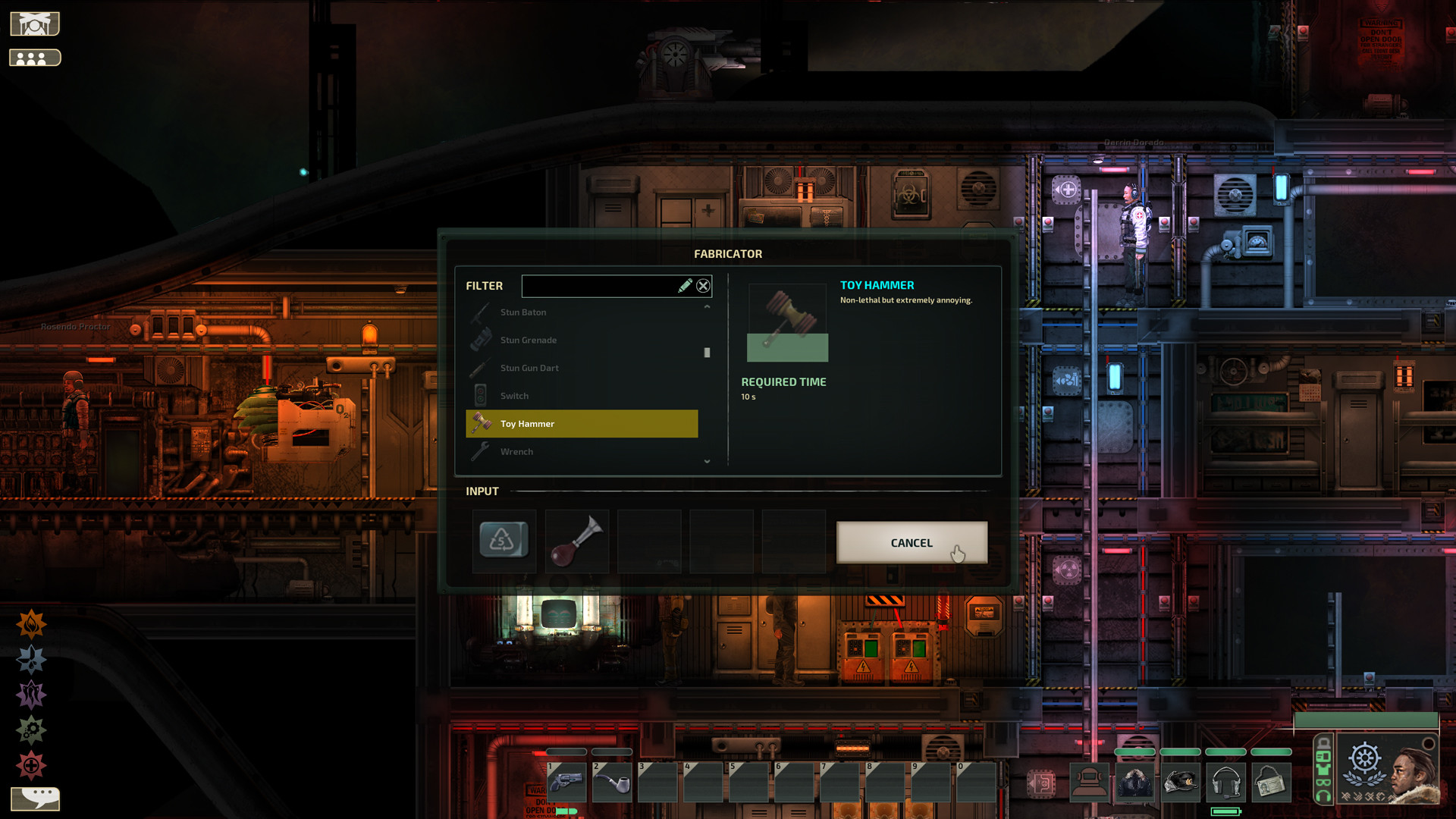
Rooms inside subs in Barotrauma are defined by hull objects. Crew should probably not need to climb up 5 stories of ladders to get to a leak or a fire. Tip: Tall subs tend to be less usable than long subs, and can look a little weird and off balance when in play. Tip: If you’re feeling lost or need inspiration, open one of the ready-made submarines in the editor and take a look at how they’re built. Best results often come when experimenting with different options.Īfter a piece of a wall (or most things in the editor, really) is placed, it can be flipped by it’s x- or y-axis by selecting it and pressing ‘Mirror X’ and ‘Mirror Y’ -buttons or CTRL+N or CTRL+M.

We suggest using the walls as labeled for a more balanced experience, but of course it’s not mandatory. Outside walls are sturdier than inside walls, shuttle wall pieces are somewhere in between. So starting with the outside hull is not necessarily the best course of action.
Barotrauma submarine editor generator#
It’s a lot easier to add room inside for that oxygen generator you forgot to include, at first, if you don’t have to move all those carefully placed shell pieces, fins and lights just to create a bit more space. When making a new submarine, it’s always a good idea to have a general idea of its shape and layout before building the outer hull. Submarine Structuresĭifferent kinds of walls and platforms are used to keep oxygen inside and monsters outside, and to divide the interior space into smaller rooms and compartments.

This edition will hopefully help you get a handle on the most important aspects of sub building by introducing the key concepts and functions of the submarine editor. It’s the first, quick version, and a more in-depth guide coupled with a proper video tutorial is planned. Hello subwrights! This is the Barotrauma dev team’s official manual for building your own fleets.


 0 kommentar(er)
0 kommentar(er)
